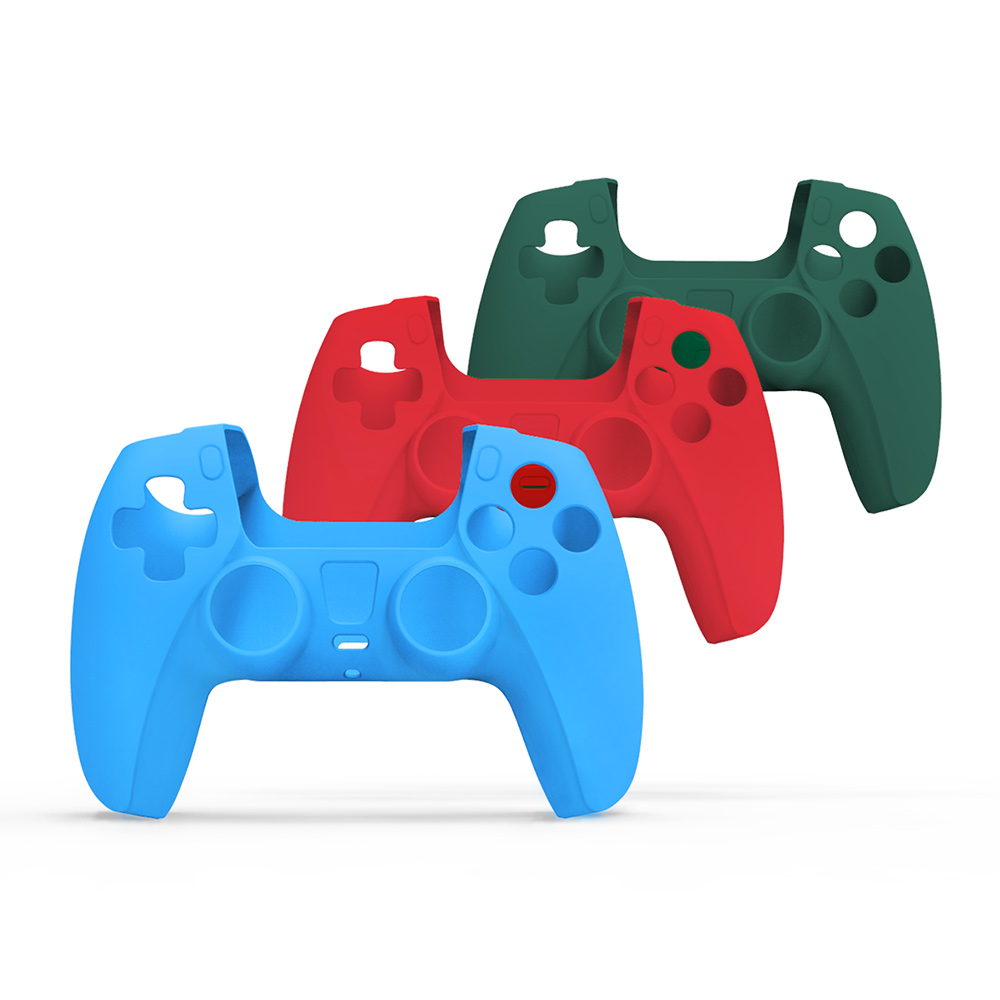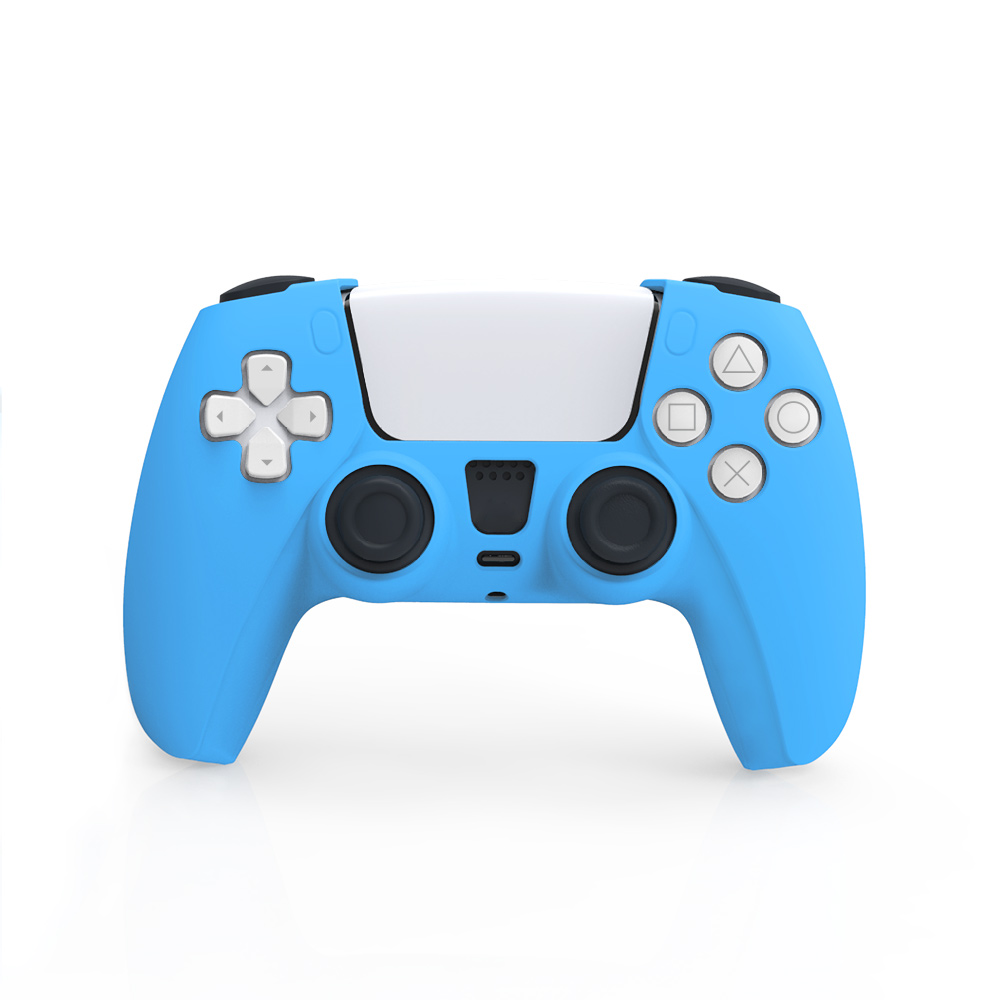1 Introduction
Due to the characteristics of high precision, high speed, high efficiency, safety and reliability, CNC machine tools are rapidly becoming popular in enterprises in the upgrading of manufacturing equipment. CNC machine tools are automated machine tools with a program control system that can operate and machine parts based on programmed programs. It combines the latest technologies in machinery, automation, computer, measurement, microelectronics, etc., using a variety of sensors. This article describes the application of various sensors on CNC machine tools.
2 Introduction to the sensor
A sensor is a device or device that can sense a specified measurement and convert it into an available output signal according to a certain rule. The input signal (measured) is often non-electrical, and the output signal is often a power that is easy to handle, such as voltage.
There are many types of sensors, different classification standards, and different methods. Commonly used are resistance sensors, inductive sensors, capacitive sensors, temperature sensors, piezoelectric sensors, Hall sensors, thermocouple sensors, photoelectric sensors, digital Position sensor, etc. The sensors applied on CNC machine tools mainly include photoelectric encoders, linear encoders, proximity switches, temperature sensors, Hall sensors, current sensors, voltage sensors, pressure sensors, liquid level sensors, resolvers, inductosyns, speed sensors, etc. Mainly used to detect position, linear displacement and angular displacement, speed, pressure, temperature, etc.
CNC transmission machine requirements for sensors
(1) High reliability and strong anti-interference; (2) Meet the requirements of accuracy and speed;
(3) Easy to use and maintain, suitable for machine tool operating environment; (4) Low cost.
Different types of CNC machine tools have different requirements for sensors. Generally speaking, large machine tools require high speed response, and medium and high precision CNC machine tools are mainly required.
4 displacement detection
The sensors for displacement detection mainly include pulse encoders, linear gratings, resolvers, and inductosyns.
4.1 Application of Pulse Encoder The pulse encoder is an angular displacement (speed) sensor that converts the mechanical angle into an electrical pulse. Pulse encoders can be divided into three types: photoelectric, contact and electromagnetic. Among them, photoelectric applications are more. The X-axis and Z-axis ends are respectively equipped with photoelectric encoders for angular displacement measurement and digital speed measurement. The angular displacement can indirectly reflect the linear displacement of the carriage or the tool holder through the screw pitch.
4.2 Application of linear gratings Linear gratings are made by the phenomenon of transmission and reflection of light. They are often used for displacement measurement. The resolution is higher, the measurement accuracy is higher than that of photoelectric encoders, and it is suitable for dynamic measurement. In the feed drive, the scale is fixed on the bed, and the pulse signal generated directly reflects the actual position of the carriage. The servo system that uses the grating to detect the position of the table is a full closed loop control system.
4.3 Application of the resolver The resolver is an inductive micromotor with a continuous relationship between the output voltage and the angular displacement. The resolver consists of a stator and a rotor. Specifically, it consists of a core, two stator windings and two rotor windings. The primary and secondary windings are placed on the stator and rotor respectively, and the electromagnetic coupling between the primary and secondary windings. The degree is related to the angle of rotation of the rotor.
4.4 Inductor Synchronizer Application The inductive synchronizer is based on the principle that the mutual inductance of two planar windings varies with position. Its function is to convert the angular or linear displacement into the phase or amplitude of the induced electromotive force, which can be used to measure the linear or angular displacement. According to its structure, it can be divided into two types: linear and rotary. The linear induction synchronizer consists of a fixed length and a slider. The fixed length is mounted on the machine bed. The slide is mounted on the moving part and moves with the table. The rotary induction synchronizer stator is a fixed disc, and the rotor For rotating discs. The inductive synchronizer has the advantages of high precision and resolution, strong anti-interference ability, long service life, simple maintenance, long-distance displacement measurement, good processability and low cost. Linear induction synchronizers are widely used in large displacement static and dynamic measurement, such as three-coordinate measuring machine, program-controlled CNC machine tool, high-precision heavy-duty machine tool and machining center measuring device. Rotary Inductosyn is widely used in turntables for machine tools and instruments as well as in various rotary servo control systems.
The 5-position detection position sensor can be used to detect the position, and the switch that reflects a certain state is different from the displacement sensor. The position sensor is available in both contact and proximity.
5.1 Application of contact sensors
The contact of the contact sensor is actuated by the contact of two objects, and a common one is a stroke switch, a two-dimensional matrix position sensor, and the like. The stroke switch has a simple structure, reliable operation and low price. When an object touches the travel switch during the movement, its internal contacts will act to complete the control. For example, if the travel switch is installed at both ends of the X, Y and Z axes of the machining center, the movement can be controlled. range. A two-dimensional matrix position sensor is mounted on the inside of the palm of the hand to detect its own contact with an object.
5.2 Application of proximity switches
A proximity switch is a switch that emits an "action" signal when an object approaches a set distance. It does not need to be in direct contact with the object. There are many types of proximity switches, mainly self-inductive, differential transformer, eddy current, capacitive, reed switch, Hall type and so on.
The application of the proximity switch on the CNC machine tool is mainly the tool holder selection control, the table stroke control, the cylinder and the cylinder piston stroke control.
In the tool holder selection control, the four cams from left to right correspond to the proximity switches SQ4 to SQ1, forming a four-digit binary code, each code corresponding to one tool position, such as 0110 corresponding to the No. 6 tool position; proximity switch SQ5 is used for parity to reduce errors. Each time the tool holder rotates over one tool position, a signal is sent. This signal is compared with the tool position command of the CNC system. When the tool position signal of the tool holder matches the command tool position signal, it indicates that the tool selection is completed.
The Hall sensor is a sensor made using the Hall phenomenon. When a semiconductor such as germanium is placed in a magnetic field and a current is applied in one direction, a potential difference occurs in the vertical direction, which is the Hall phenomenon. The small magnet is fixed on the moving part, and when the part is close to the Hall element, a Hall phenomenon is generated to determine whether the object is in place.
6 speed detection
The speed sensor is a sensor that converts the speed into an electrical signal. It can detect both linear speed and angular velocity. Commonly used are tachogenerators and pulse encoders. The characteristics of the tachogenerator are: (1) the output voltage and the rotational speed are strictly linear; (2) the slope of the output voltage to the rotational speed ratio is large. Can be divided into two types of AC and DC. When the pulse encoder is shifted by a unit angle, a pulse is generated, and the angular velocity can be detected by a timer. In CNC machine tools, speed sensors are generally used for speed detection of servo units in CNC systems.
7 Pressure detection
A pressure sensor is a sensor that converts pressure into an electrical signal. According to the working principle, it can be divided into piezoelectric sensor, piezoresistive sensor and capacitive sensor. It is a general term for detecting the force energy between all substances such as gas, liquid, solid, etc. It also includes measuring the pressure gauge above atmospheric pressure and measuring the vacuum gauge below atmospheric pressure. The capacitance of the capacitive pressure sensor is determined by the electrode area and the distance between the two electrodes. It has recently developed rapidly due to its high sensitivity, good temperature stability and large pressure range. In the CNC machine tool, it can be used to detect the clamping force of the workpiece. When the clamping force is less than the set value, the workpiece will be loose, and the system will issue an alarm to stop the knife. In addition, a pressure sensor can also be used to detect changes in the cutting force of the turning tool. Moreover, it is also used in the lubrication system, hydraulic system, and pneumatic system to detect the pressure in the oil circuit or the gas path. When the pressure in the oil circuit or the gas path is lower than the set value, the contact will act, and The fault signal is sent to the CNC system.
8 Temperature detection
A temperature sensor is a device that converts temperature into a resistance value or other electrical signal. Commonly used are platinum, copper-based thermal resistance sensors, semiconductor-based thermistor sensors, and thermocouple sensors. On CNC machines, temperature sensors are used to detect temperature for temperature compensation or overtemperature protection. During the machining process, the rotation of the motor, the movement of moving parts, cutting, etc. will generate heat, and the temperature distribution is uneven, resulting in temperature difference, causing thermal deformation of the CNC machine tool, affecting the machining accuracy of the part, in order to avoid the influence of temperature, Temperature sensors are installed in some parts of the CNC machine tool to sense the temperature signal and convert it into an electrical signal for the CNC system to perform temperature compensation. In addition, in places where overheat protection is required, such as motors, temperature sensors should be buried, and overheating should be performed by the numerical control system during overheating.
This PS5 case including PS5 silicone protective case ,PS5 silicone camouflage silicone case , PS5 silicone case with joystick caps, PS5 crystal case .all case have many colors to choose. we also can customize your own colors,print your logo. Case Made of High quality soft siliocne material or hard PC, Eco friendly.Fit perfectly for your PS5 DualSense controller
- Especially designed for PS5 Controller.
- Protects your device from scratches, fingerprints and dust while in handheld mode or traveling.
- Precise cut-out design allows you easily access to all controls and dock connector.
- This full-cover shield will protect your controller from dust and scratches making it look clean as new!
- Protective Cover only, other accessories are not included!
- Protect your or your kids expensive PS5 DualSense controller from damage due to drops, spills or throwing it when losing a level
- Easy access to all buttons, controls, and ports so wont effect your video game playing experience
- Easy to install and use PS5 controller cover, protects your PlayStation 5 controller from dust, scratches, damage, and daily usage.
- Non-slip surface provides improved grip, High quality material Provides improved grip feeling during gameplay, prevent slip, making you enjoy a better gaming experience.



Ps5 Case,Ps5 Controller Silicone Case,Ps5 Silicone Skin Case,Silicone Silicone Cover
Shenzhen GEME electronics Co,.Ltd , https://www.gemesz.com